I'm thinking of creating a collage of these people as well as including taxi's and buses to make reference to the boycott.
I will make some mock-up's images for this to work out the layout
I'm going to have to work on the style of how the image is going to look
Update ( 20/12/11)
Then on December 1, 1955 in Montgomery, Alabama, a middle aged black
seamstress, Rosa Parks, tired after her day's work, refused to give up her seat to a white
man on the crowded bus. The bus driver told her that if she did not give up her seat, she
would be arrested. So on that day, Rosa Parks was arrested for challenging the Jim Crow
laws. News of her arrest circulated quickly and the black community decided that this
was the incident, the case, that they had been waiting for to organize and mobilize black
citizens. Although this was not the first time that this had happened, black leaders felt
that Mrs. Parks was the perfect symbol. They had decided to stage a one-day bus boycott
on the same day as her trial to draw attention to the mistreatment of African Americans.
African American ministers gave sermons in their churches and black taxicab companies
offered to transport people who were boycotting the buses for the same price as bus fare.
On December 5, 90 percent of the blacks that rode on buses did not. E. D. Nixon,
president of Alabama's NAACP, suggested that the boycott continue until blacks were
hired as bus drivers in black neighborhoods, all bus drivers treated African Americans
with respect, and seating was treated on a first come- first served basis. What they nowneeded was a leader for this movement. Nixon recommended Martin Luther King, Jr.,
minister at Dexter Avenue Baptist Church
RELATED SECTION FROM PAGE
In this link it covers the The little rock nine, Martin Luther King Jr and Rosa parks
http://www.chatham.edu/pti/curriculum/units/1999/Wright99.pdf
Update (21/12/11) Small section on civil rights from History Website
The Civil Rights Movement
A growing group of Americans spoke out against inequality and injustice during the 1950s. African Americans had been fighting against racial discrimination for centuries; during the 1950s, however, the struggle against racism and segregation entered the mainstream of American life. For example, in 1954, in the landmark Brown v. Board of Education case, the Supreme Court declared that “separate educational facilities” for black children were “inherently unequal.” This ruling was the first nail in Jim Crow’s coffin.
Many Southern whites resisted the Brown ruling. They withdrew their children from public schools and enrolled them in all-white “segregation academies,” and they used violence and intimidation to prevent blacks from asserting their rights. In 1956, more than 100 Southern congressmen even signed a “Southern Manifesto” declaring that they would do all they could to defend segregation.
Despite these efforts, a new movement was born. In December 1955, a Montgomery activist named Rosa Parks was arrested for refusing to give her seat on a city bus to a white person. Her arrest sparked a 13-month boycott of the city’s buses by its black citizens, which only ended when the bus companies stopped discriminating against African American passengers. Acts of “nonviolent resistance” like the boycott helped shape the civil rights movement of the next decade.
Mug shot image of Rosa Parks
Rosa Parks Getting her finger prints taken
Mug shot of Martin Luther King Jr
Martin Luther King Jr thinking
A idea i just had is to include the images above and replace the numbers their holding with the year of arrest or famous date associated. Including these images will show them been repressed for the wrong reasons, at same time include a photo of them standing strong.
More images of Rosa Parks and Martin Luther King Jr
http://artdentalcentre.com/modules/com_gcalendar/?martin-luther-king-rosa-parks-966
http://www.time.com/time/photogallery/0,29307,1704734_1520199,00.html





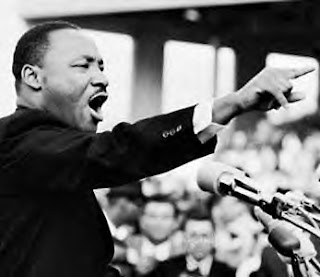
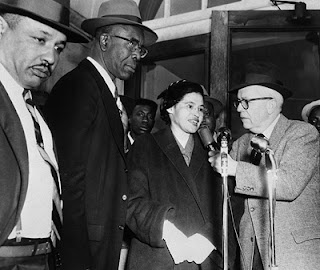


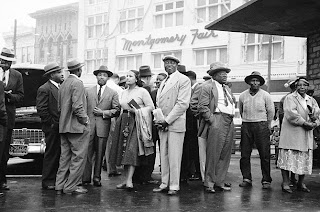

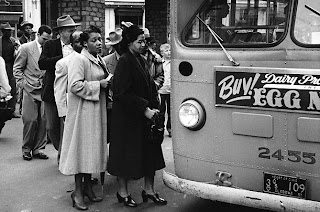

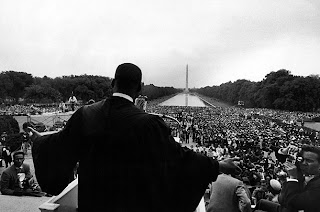
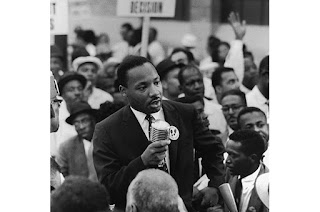

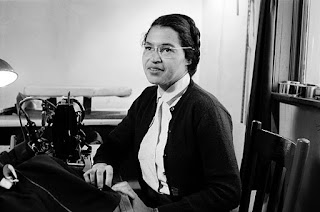
No comments:
Post a Comment